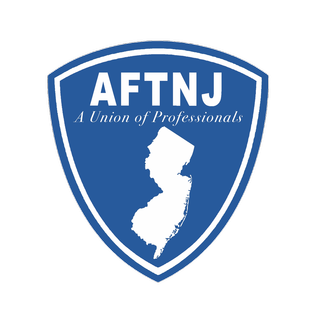by Jon Whiten
Underfunding of Public Colleges & Universities Continues & Would Be Made Worse by Proposed Tax Cuts for the Wealthy
New Jersey students and families continue to have a hard time affording the high cost of a college education, thanks to sharply declining state support for public colleges and universities. As the Garden State has cut higher education funding, the price of attending public colleges continues to rise as family incomes decline, shifting the cost of paying for college onto working-class and middle-class students and families, resulting in higher and higher levels of student debt.

New Jersey has cut funding for higher education by 23 percent since 2008 when adjusted for inflation, a decrease of more than $2,250 per student and a deeper cut than the national average, according to a new report from the Center on Budget and Policy Priorities (CBPP). This is the 13th largest percentage decline, and 12th largest dollar decline, of the 50 states.
While many states are starting to reverse course and increase funding for higher education, New Jersey is going in the opposite direction. In fact, it is one of just 11 states where per-student funding fell from 2015 to 2016.
“New Jersey’s continued shortchanging of public colleges and universities cuts off a vital rung on the ladder of opportunity for too many families,” said Gordon MacInnes, President of New Jersey Policy Perspective. “Eliminating an additional $550 million from the pot of money that funds higher education to deliver a tax cut to a few thousand wealthy heirs each year fails the ‘tax fairness’ test, and is incredibly short-sighted.”
As a result of these cuts, the average tuition at a public, four-year college in New Jersey has increased by 17 percent, or $1,903, during this period. On top of these tuition increases, colleges and universities across the state have increased student fees, cut staff and faculty positions and offered fewer courses to save money. All this means that a degree takes much longer to attain, adding years of cost and debt.
Together, this means that most New Jersey’s families – already struggling with slow income gains if not reductions – are often paying more for a lower-quality education. These post-recession increases come on the heels of large increases in tuition and fees at New Jersey’s public, four-year colleges in the early 2000s; in its 2006 report Flunking Out, NJPP found that tuition and fees at those schools increased by 47 percent in just the four years from 2000-01 to 2004-05.
Adequate investment in public colleges and universities is essential to building a strong, stable state economy, as it helps create a skilled and diverse workforce and boosts earnings for New Jerseyans of all economic classes.
“This report is the latest confirmation that public higher education in New Jersey is not only becoming less affordable, it is becoming, for many, economically unattainable,” said Susanna Tardi, the Executive Vice-President for Higher Education at the American Federation of Teachers New Jersey. “The biggest driver for this increase in college costs is the reduction in state aid which has shifted the cost of higher education to students and their families through ever higher tuition and fees. Families can simply no longer afford to set aside enough money to pay for their child’s higher education, a fact that has negative consequences for everyone in the state.”
More>>
